by the Staff, Marine Corps Gazette
Situation
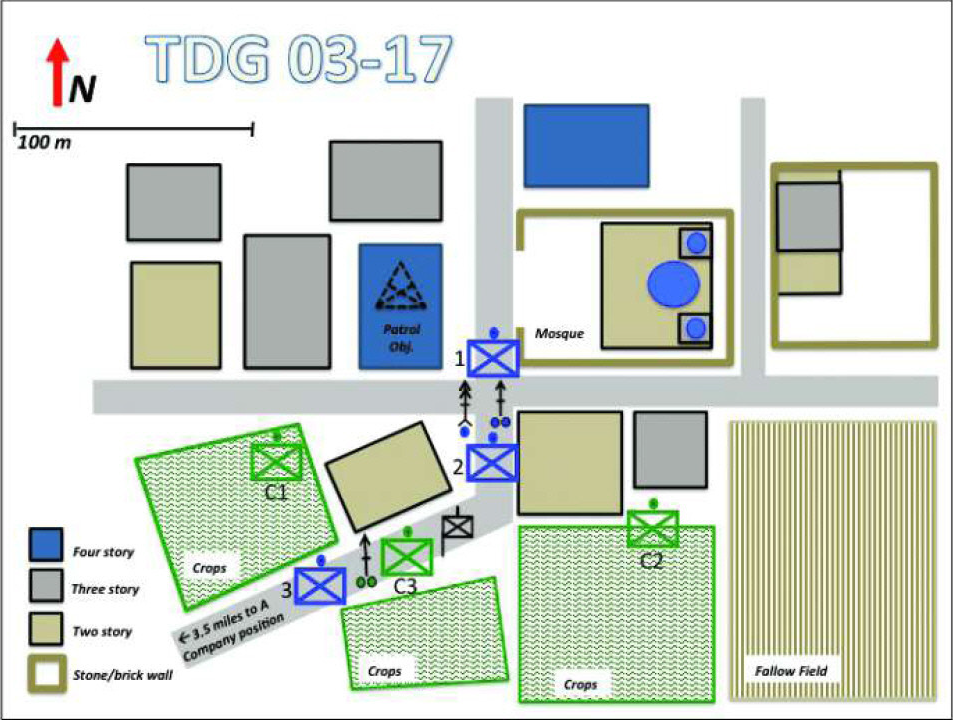 You are the new commanding officer of A Company, 1st Bn, 1st Marines. You have been in command for one week since the relief of the previous company commander following an “unauthorized deadly force incident.” Your predecessor had ordered his Marines to “shoot down” a commercial quad-copter hovering over the company position with automatic weapons. Rounds fired in this engagement killed two Ouaddiyan children, and several more locals in the surrounding farmland were wounded. Your battalion commander relieved the former “Red Death Six” for a loss of confidence in his ability to command and reassigned you from duty as his assistant operations officer.
You are the new commanding officer of A Company, 1st Bn, 1st Marines. You have been in command for one week since the relief of the previous company commander following an “unauthorized deadly force incident.” Your predecessor had ordered his Marines to “shoot down” a commercial quad-copter hovering over the company position with automatic weapons. Rounds fired in this engagement killed two Ouaddiyan children, and several more locals in the surrounding farmland were wounded. Your battalion commander relieved the former “Red Death Six” for a loss of confidence in his ability to command and reassigned you from duty as his assistant operations officer.
Since this incident, the battalion FOB (forward operating base) has been periodically hit by sporadic mortar and rocket fire. These indirect fire (IDF) attacks appear to be unobserved with no evident adjustment of fire, and no more than seven rounds per volley. The timing of some attacks corresponded to the muezzin’s calls-to-prayers from several local mosques while others occur at random times—both day and night. To date, only three Marines have been wounded by these attacks. The battalion’s counter-mortar radars have been largely successful in locating the points of origin for these attacks; however, these have uniformly been located in congested residential and commercial areas in the surrounding farmland and on the outskirts of Minna Sultan Usween. As a result, counter-fire has not been authorized.
After these indirect fire attacks began, the intelligence and surveillance efforts of the entire JTF have been brought to bear to identify and locate the anti-government factions conducting the attacks so they can be neutralized and prevent further disruption of the JTF’s mission. Multiple IMINT (imagery intelligence), HUMINT (human intelligence), and COMINT (communications intelligence) sources confirm that teams armed with small arms and mounted in commercial trucks are moving 82mm mortars and 3.5 inch rockets in improvised launchers around the battalion’s perimeter using populated areas as covered and concealed firing positions. Intelligence reports and pattern analysis indicate that the area around the Al Mumeet Mosque on the outskirts of the city northeast of your company’s position has the most frequently used firing positions and may also contain a “workshop” where the improvised rocket launchers are being assembled and stored.
Company A’s mission is to conduct a series of combined combat patrols to establish observation posts in the area of these points of origin in order to neutralize the anti-MUGA forces conducting the mobile indirect fire attacks. You remain responsible for securing the eastern entry point into the battalion FOB.
Your battalion commander’s intent is as follows:
Get out there, establish presence in the area of the Al Mumeet Mosque and the next time a crew attempts an IDF attack, kill or capture them. Locate any workshops or weapons caches and destroy them.
You have decided to personally lead the first patrol made up of your 3d Platoon partnered with a platoon of MUGA Special Forces commandos. The commandos are organized just like U.S. Marine infantry, and 2ndLt Zaar leads this platoon of 40 commandos.
The following attachments and supporting arms are available to you:
• 1 machinegun section (-) (4x M240B 7.62 machineguns).
• 1 assault squad (2x SMAW 83mm rocket launchers).
• 1 joint tactical air controller (JTAC) Team
• 2 interpreters
The commando platoon is equipped with AK-47 rifles, rifle grenades, and is reinforced with an RPK machinegun section (4x RPK 7.62 machineguns)
There is a CAS “stack” of USAF F-15 Strike Eagles with tanker support continuously on station. Response time is approximately 12 minutes from authentication of “troops in contact” (TIC).
The battalion maintains a section (two) U.S. Army Reserve medevac Blackhawk helicopters on five minute alert at the battalion FOB. Response time is less than 10 minutes, and the JTF Level III treatment facility is 45 minutes flight time.
You have designated the four-story building (formerly clerics’ offices, now home to two families of squatters) immediately west of the mosque as the patrol’s objective and you intend to establish a squad-sized OP (observation post) after negotiating with the squatter family elders. The patrol has moved without incident to the outskirts of Minna Sultan Usween.
As the patrol approaches the mosque area from the southwest, a single rifle shot is heard. 2ndLt Dhan, your 3d Platoon Commander who was moving with the lead squad, drops with an “armpit shot”—entry wound through his right shoulder under the body armor. About five seconds later a second shot hits the platoon corpsman, HM3 Smith, under the helmet behind his left ear. He is killed instantly. You now have one “urgent surgical” and one “routine” medevac. Your Marines and the commandos have all taken cover as best they can. No one can see the shooter.
As you task the Platoon Sergeant to set up a landing zone in the fallow field to your southeast for the medevac, both he and your JTAC report that none of the radios or tablet devices are working. The JTAC also reports that blue force tracker is down and your personal commercial GPS receiver and radio is inoperative. Lt Zaar reports that his radios are down as well.
What are your orders?
Requirement
Quickly formulate your plans and issue your orders. Include an overlay sketch and provide a brief discussion of the rationale behind your actions. Submit you solutions by email at [email protected] or to the Marine Corps Gazette, TDG 03-17, Box 1775, Quantico, VA 22134. The Gazette will publish solutions in an upcoming issue.
1. You always have the right to defend yourself, your unit, and other personnel directly supporting JTF operations.
2. The use of force, including deadly force, is authorized to protect the following: yourself, your unit, and friendly forces; Prisoners and detainees; Civilians from crimes that are likely to cause death or serious bodily harm, such as murder or rape; Designated civilians and/or property, such as personnel of the Red Cross/Crescent, UN, and U.S./UN supported organizations.
3. Use only the force necessary to protect yourself and accomplish your mission.
a) Positive identification (PID) is required prior to engagement. [PID is a reasonable certainty that the proposed target is a legitimate military target. If no PID, contact your next higher commander for decision.]
b) Do not engage anyone who has surrendered or is out of battle due to sickness or wounds.
c) Do not target or strike any of the following except in self-defense to protect yourself, your unit, friendly forces, and designated persons or property under your control: civilians, hospitals, mosques, national monuments, and any other historical or cultural sites.
4. Do not fire into civilian-populated areas or buildings unless you have PID of forces using them for military purposes or if necessary for your self-defense. Minimize collateral damage.
5. Do not target local infrastructure (public works, commercial communications facilities, dams), lines of communication (roads, highways, tunnels, bridges, railways) and economic objects (commercial storage facilities, pipelines) unless necessary for self-defense or if ordered by your commander.
6. Do not enter mosques or other religious sites unless you have PID of forces using them for military purposes or if necessary for your self-defense.
7. Treat all civilians and their property with respect and dignity. Do not seize civilian property, including vehicles, unless you have the permission of a company-level commander and you give a receipt to the property’s owner.
8. Detain civilians if they interfere with mission accomplishment or if required for self-defense.
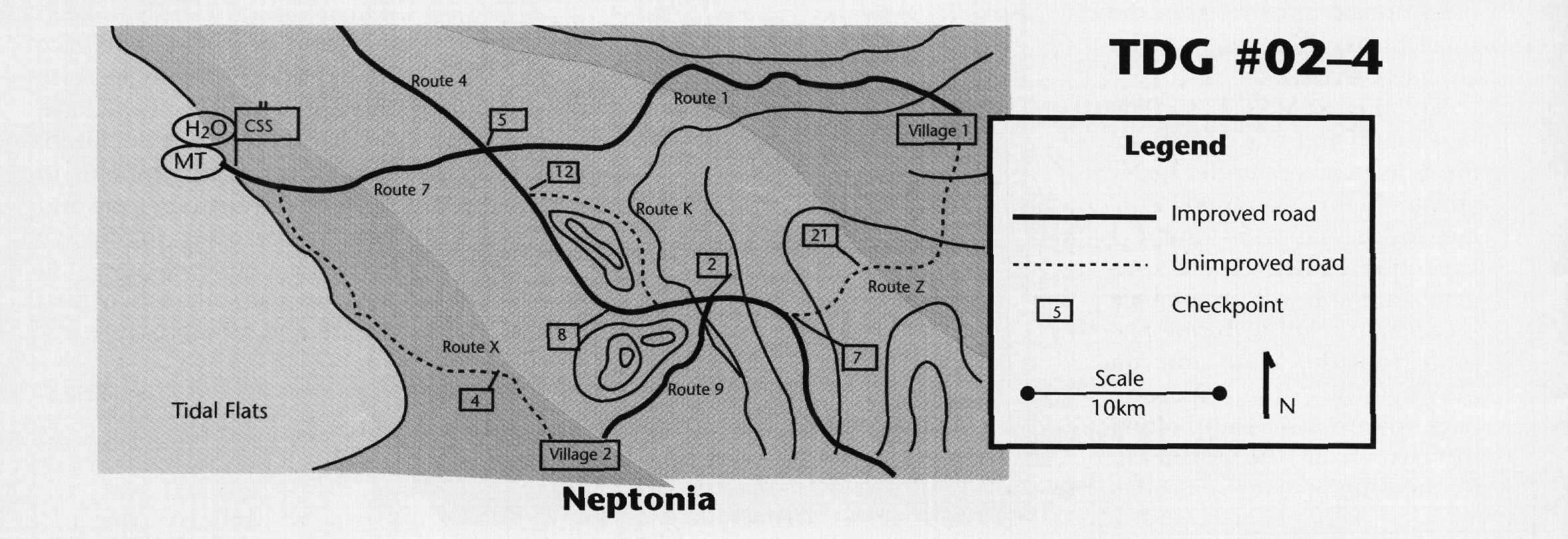 You are commanding a detachment of Marines assigned to a joint task force (JTF) conducting humanitarian relief operations in the drought stricken country of Neptonia. In support of a United Nations (U.N.) task force objective, your mission is to produce potable water and fill local cisterns. The likelihood of terrorist activity in the joint operations area has you operating on a heightened state of alert. Although terrorists have raided cisterns throughout the joint operations area, there have been no cistern raids in your area of operations. (See map.)
You are commanding a detachment of Marines assigned to a joint task force (JTF) conducting humanitarian relief operations in the drought stricken country of Neptonia. In support of a United Nations (U.N.) task force objective, your mission is to produce potable water and fill local cisterns. The likelihood of terrorist activity in the joint operations area has you operating on a heightened state of alert. Although terrorists have raided cisterns throughout the joint operations area, there have been no cistern raids in your area of operations. (See map.) Requirement
Requirement

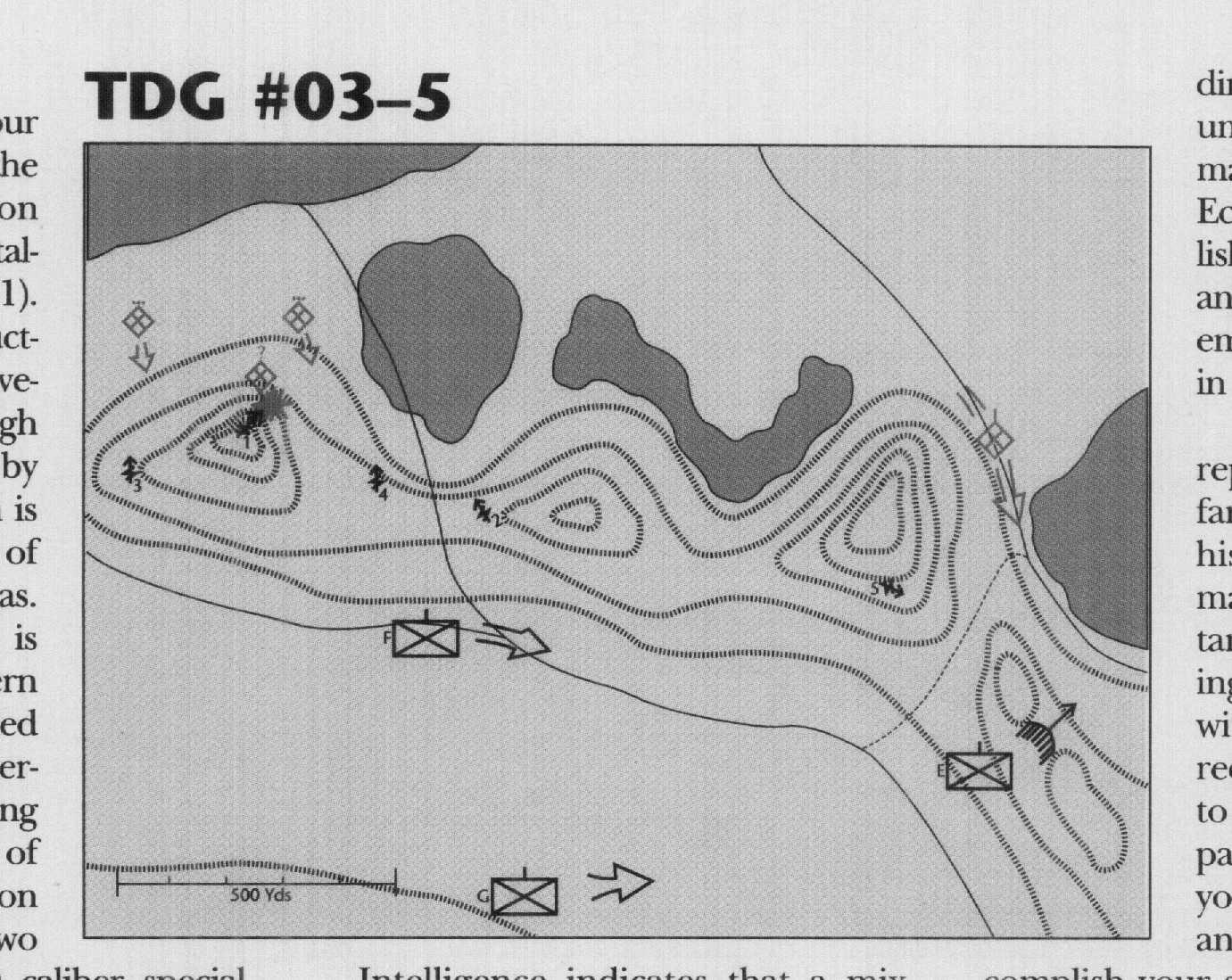
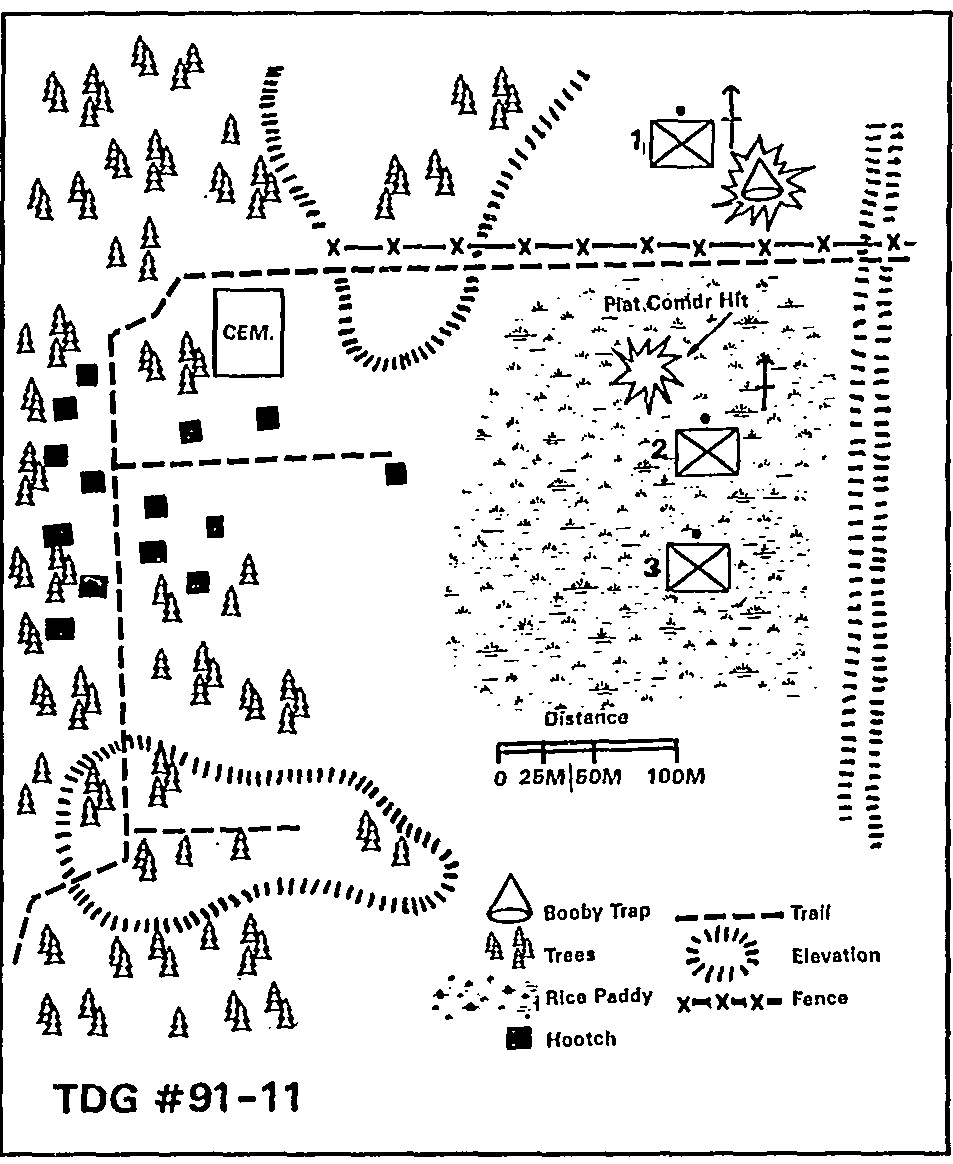
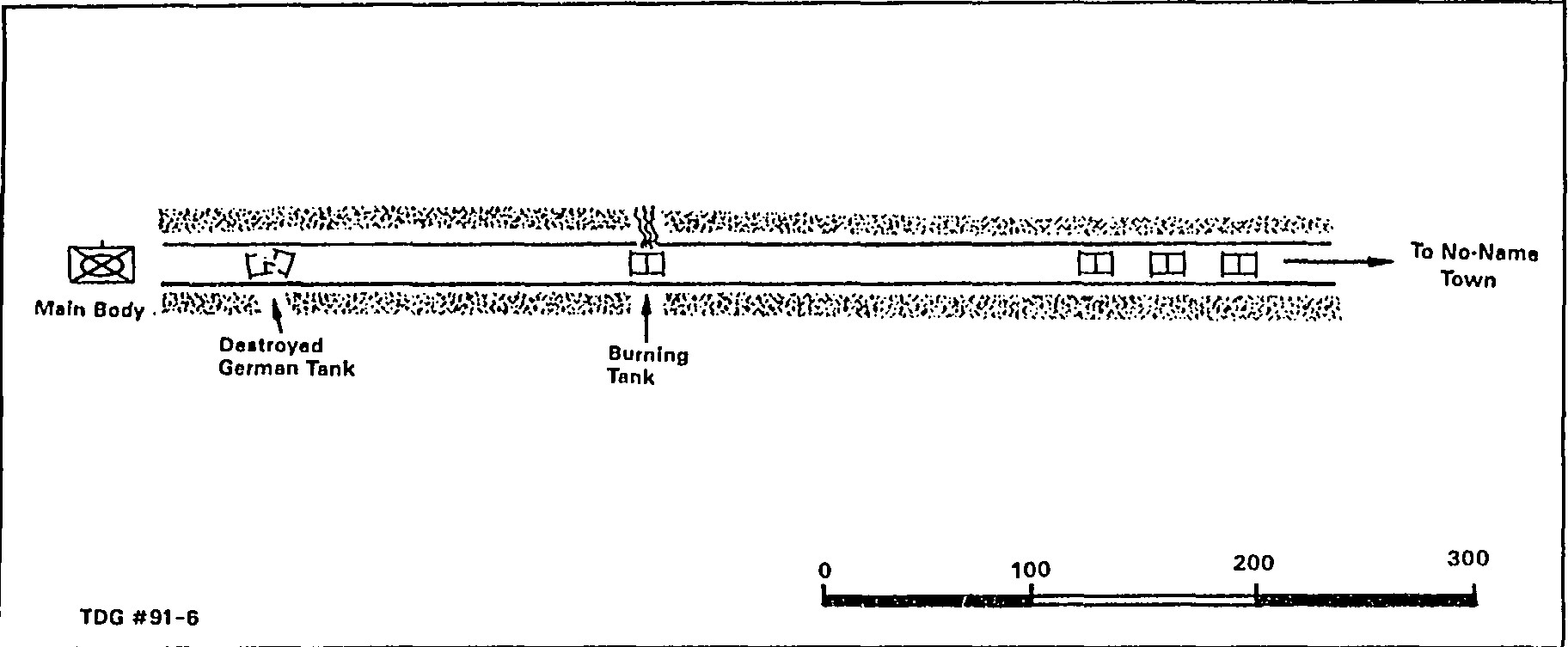
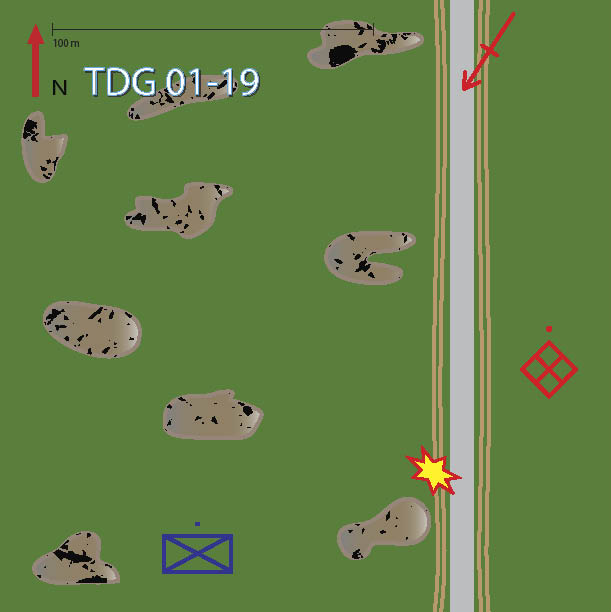
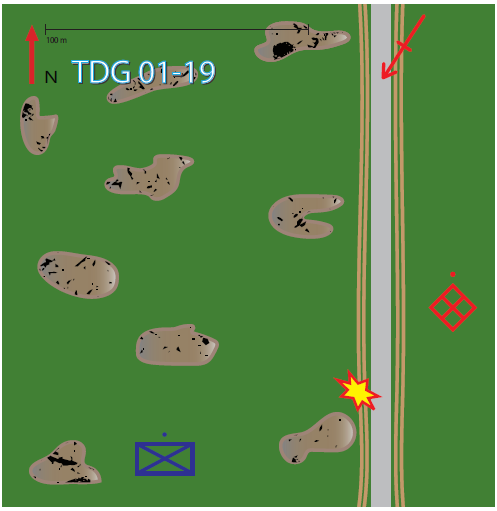

 You are the S-4a (Assistant Logistics Officer) for 1st Battalion, 1st Marines. You are an infantry 2nd Lieutenant, but when you graduated IOC, you took 30 days PCS leave, plus 8 days of travel and proceed. By the time you checked in to the battalion, there were no platoon commander assignments left unfilled. The battalion XO gave you a choice between Adjutant and S4a, and you obviously chose to support the Marines in the field the rather than do paperwork and make coffee for the XO.
You are the S-4a (Assistant Logistics Officer) for 1st Battalion, 1st Marines. You are an infantry 2nd Lieutenant, but when you graduated IOC, you took 30 days PCS leave, plus 8 days of travel and proceed. By the time you checked in to the battalion, there were no platoon commander assignments left unfilled. The battalion XO gave you a choice between Adjutant and S4a, and you obviously chose to support the Marines in the field the rather than do paperwork and make coffee for the XO.